Today, my blog will be very straightforward because it shows a combination of highlights, impressions, and research I did at Web Summit 2021, Lisbon. Here you will find the best talks I watched, the most valuable content (called “highlights”), plus images, links, and keywords.
In the end, I will talk about the experience of the event as a whole and how it was (or was not) inclusive. I worked with an event production for five years, and I am currently researching inclusion, so I was aware of those topics while visiting this crazy event for the second time. What about you? What would you look for at a Web Summit besides the official experiences? This multiple vision is something Trend Studies has taught me to have and that I strongly advise people to have because our reality has much more than one perspective to look through, right?
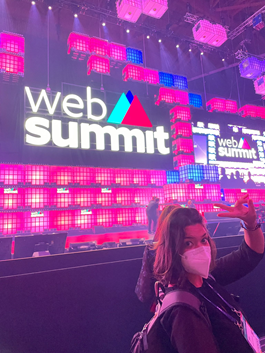
1 — Talk: Creativity needs diversity (link)
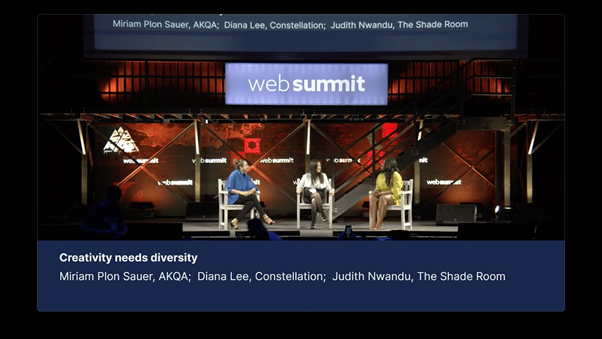
Authors: Diana Lee, Miriam Pion Sauer and Judith Nwandu
Highlights:
– Watch out for KaoKao Talk (APP, Korea)
– Diversity means to embrace demographics variations of language and different backgrounds
– Considering the huge global turnover happening in many markets and industries, they announce that what people want from companies from now on is higher wages and to feel cared about
– Data shared from Diana Lee:
FUNDING FOR STARTUPS IN THE US GOES FOR:
0% Latin women
1% Black women
2% Black men
6% Asian women
11% Caucasian women
16% Asian men
58% Caucasian men
My thoughts on it:
The gap between the ideal scenario and what we have now is just ridiculous, but we will not give up.
Keywords: #diversity #womenempowerment #inequality #techcompanies
2 — Talk: A vision for Afro-futurist architecture (link)
Author: Francis Kére
Highlights:
– Simplify and learn from the natural elements to apply in architecture. Examples: the shelters were inspired by tree shapes
– The buildings were designed to offer natural ventilation and light
– To develop the school, he went to refugee camps to discuss and get inspiration from the local community, instead of going to universities and partnering with graduate students
-His purpose is to fight ignorance worldwide
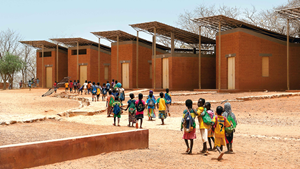

Rain systems to protect the walls made of natural component

No public spaces in his city, but now a space to gather
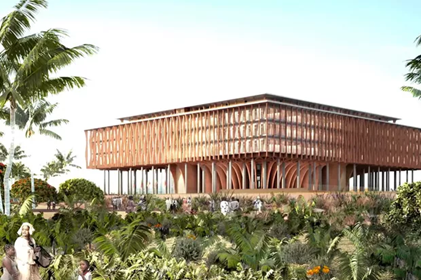
He built very high structures that can be seen in the distance to create a local reference in a rural landscape
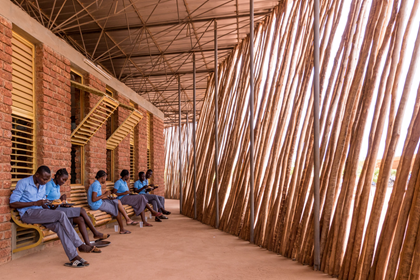
Wood from agriculture in Ghana: they found out that a specific way of pruning this local species could naturally create more branches to build walls and furniture.
My thoughts on it: This talk was one of the most inspiring because this is how I believe we should use technology. We should all work to develop these communities and learn with them on the way. He proved that it is possible to promote solutions including local people by really listening to them and learning from their culture to build unique and revolutionary things. At the same time, Kére’s architecture offered new experiences and ways of interaction with the local nature while reflecting the authentic beauty of each village when he uses the original soil, the local plants and natural systems that take advantage of the natural conditions to develop constructions.
Keywords: #africa #africanfuturism #architecture #community #naturalelements #sustainability
3 — Talk: At-home treatment: the future of neurological disorders (link)

Authors: Ana Maiques, Neuroelectrics
Highlights:
– The service creates a Twin 3D brain for customized home treatment
– They made music according to the brain activity of someone with depression
– The hat gives more or less electrical impulses depending on the function that patient needs
– One of the main diseases it helps so far is Alzheimer
– Electrical stimulation and digitalization can help if pills don’t work
My thoughts on it: I get worried about the ethical and private issues involved when these companies digitalize brains to access personal information that the patient himself might even understand. What would happen if insurance companies, for example, buy this Data and offer customized (and probably more expensive) services considering diseases that patients might carry but aren’t even aware of?
Keywords: #neuroscience #neurologicaldiseases #hometreatment #alzheimer
4 — Round Table: The challenges of the democracy after the emergence of neo-populism and racist ideologies in the digital era.
(free translation, originally in Portuguese “Os desafios da democracia face à emergência dos neo-populismos e das ideologias racistas na era digital.”)
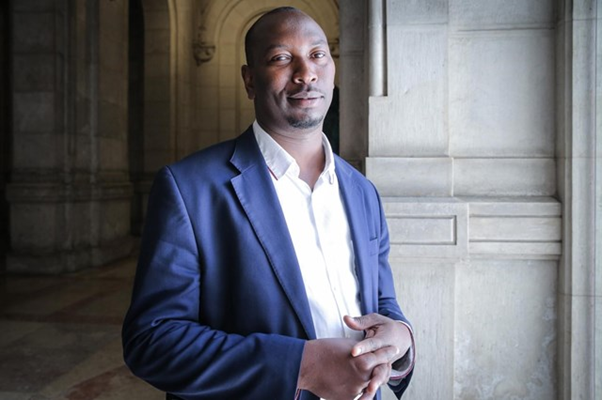
Authors: Mamadu Ba, SOS Racismo
Highlights:
– Behaving politically correct reflects the responsibility to do no harm to others
– Nowadays on the internet, freedom of speech means freedom of oppression
– Nobody controls the internet, only the profit
– The “ethical discomfort” seems far away from the digital space
– The “metadebate” instead of true debates diminish the real problems that should be issued. So, when we spend more time talking about the action of discussing or not, or where and when to do it, we lose the chance to discuss the topics and dynamics that need to be solved.
– We must develop an alternative to hate speech by legitimating the democratic approach as public welfare.
– To inform well is to defend democracy.
– We must change the landscape. The speech today is monochromatic since there are no colours, cultures, or diversity in it.
My thoughts on it:
(Q&A) I asked Mamadou Ba to comment on the announcement of IBM saying it would stop selling services and products using facial recognition on security cameras because they were enforcing stereotyping and racism. In the sequence, I also asked him what we should do to be inclusive in situations like that: should we try to be neutral/equal and turn back to natural and cultural characteristics of people, or should we, instead, make it reflect real diversity?
(Mamadou Ba’s answer) The algorithm will never be racist by itself. It is always a matter of the orientation given by the human behind it. And being neutral is never the solution. Instead, we should value individuality and make those stereotypes present everywhere in every context.
Keywords: #marxismocultural #regionalismohistórico #racismodigital #desconfortoético #liberdadedeopressão
5 — Talk: Q&A Impossible Foods
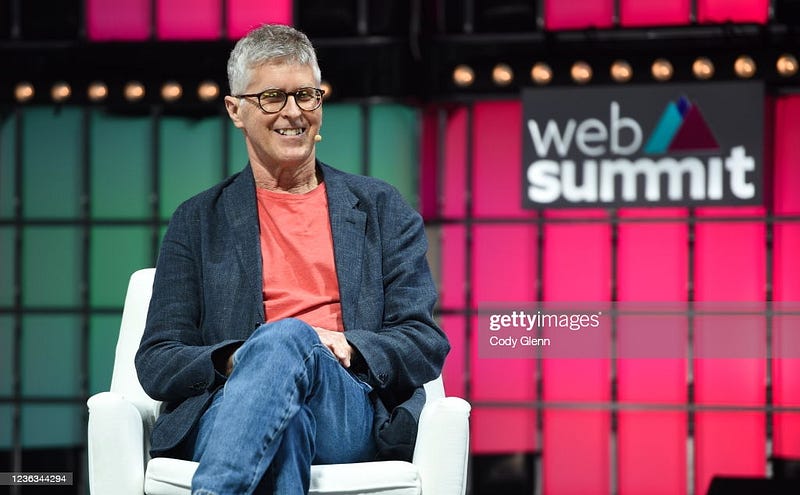
“People ask me if I’m vegan… of course I am.”
Authors: Patrick Brown
Highlights:
(Q: Will your products become more accessible / have a lower price?)
(A) It is essential to reflect on what we understand by pricing. The cost of the meat industry is workers with low wages cutting animals cruelly into crumbs. Our price is better because we use less water, less fertilizing, less pesticide (-10%), no slave labour… and we are still a small company! Hope for the best when we get more investment. In 2 or 3 years we will offer tastier, cheaper and healthier products. For now, we need to establish the value of this technology so others can use it in the future.
(Q: Would it make sense to tax meat like alcohol and tobacco to fight the industry?)
(A) It would be a good solution, but politically it is impossible. Taxing carbon emissions could be more efficient, or something even more impactful like allowing landowners to make more money from recovering green areas or planting extinct species instead of cultivating agriculture.
(Q: If you think people should abandon meat, why do you create products so close to it and not something different?)
To impact the meat industry, I prefer to create products that are a better version of the real one, but with the same characteristics that people are used to eating. After I change the industry behaviour I can try new flavours, textures and so on. The sky will be the limit!
My thoughts on it: As a vegetarian for eight years, I have to agree with him that the strategy to create plant-based meat very similar to real meat can impact people’s lives worldwide. Maintaining the consistency, appearance and flavours of real meat can help people change their food habits more softly and less painful to their routine. A huge step missing for me is the restaurants doing what Burger King already did (Impossible Whooper): offering the same menu but with plant-based option instead of real meat. This approach is more inclusive because it does not constrain people to choose something else and either have fewer options or, even worse, never get the traditional options that usually reflect the essence of the restaurant/brand.
Keywords: #meatindustry #plant-basedmeat #impossiblefoods #behaviouralchange #positiveimpact #tax
6 — Talk: Marketing in 2022
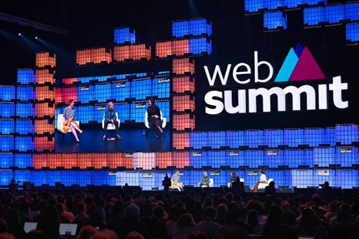
Authors: Martin Sorrell, Jessica Spence and Jane Wakley
Highlights:
– Gdp up to 4–5%
– As GDP decelerates, digital transformation accelerates
– Clients will have a wider net of agencies to work with, and these agencies will need to understand what they do very well. The days of the big agencies assisting their clients in everything are numbered.
– From 2023 we will face more and more oversupply in different industries
– Every time more businesses and brands are stepping out of the market to work with a bigger purpose
– Watch out for the death of cookies and Apple mobile privacy changes
– Google and others are migrating to first-party data and crossing with the usability of the apps to deliver intelligence, strategy and UX insights
The most alarming topic to me was the movement of big tech companies going back to become first-party data providers while abandoning a more systemic and collective approach. Because of new legislation around privacy and safety, they are not working with other companies to gather data anymore. I believe the scenario will only get more unbalanced because we (the users) will face even more difficulty in accessing our information and what others do with it.
Keywords: #advertisementagency #clientnetwork #deathofcokkies #dataprivacy
7 — Talk: Addressing digital equity through ethical design and automation (link)
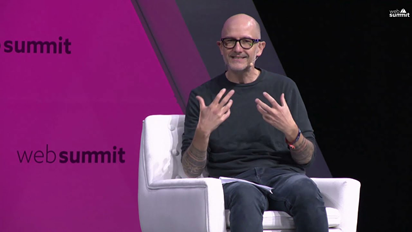
Authors: Amit Sen, Howard Pyle
Highlights:
– Refugees are using technology in camps to track their family members and very often develop ways to do it more effectively than we could imagine
– Actions to help people can often make their lives more difficult. For example, giving mobile phones to women in some countries could put them in more danger or vulnerability because mobile phones can be forbidden where they are, it demands money for the connection, energy to charge it, and other challenges.
– One interface to fit all doesn’t work. What we need to do is to be flexible towards the real necessities of people
My thoughts on it: I got interested in researching more about the refugee camps and how they can creatively cope with the local environment and culture. In Keré’s talk, they were also an essential part of the creative process.
Keywords: #digitalequity #ethicaldesign #ethicalautomation #refugees #flexibility
8 — Talk: What today is telling us about tomorrow (link)
Authors: Benedict Evans
Highlights:
His presentation can be fully accessed online, so these slides (also projected on Web Summit’s stage) were taken directly from https://www.ben-evans.com/presentations
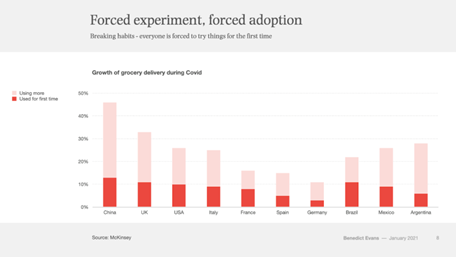
Does this rise in risk adoption by the average consumer worldwide after the Pandemic expands to other markets? Is this movement staying or going? Are we going to keep this tendency even if our reality goes back as it was before?
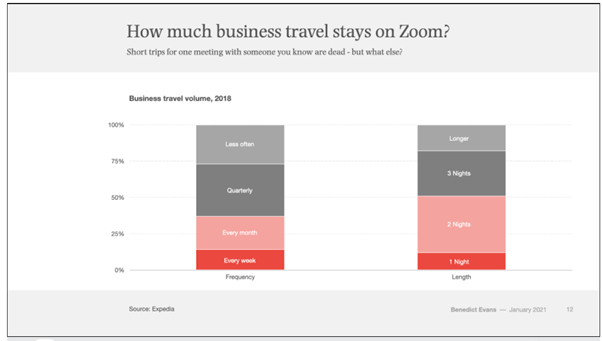
I remember hearing in the trends conference La Futura (2018) that VR could replace “offline” travelling and that it would threaten traditional tourism. I also remember thinking it was unlikely to happen until I saw this data showing that at least the short business travel went online, although instead of VR it was through Zoom. Considering our reality limiting us to come and go because of COVID-19, would that mean we are ready to replace tourist travels with digital experiences?
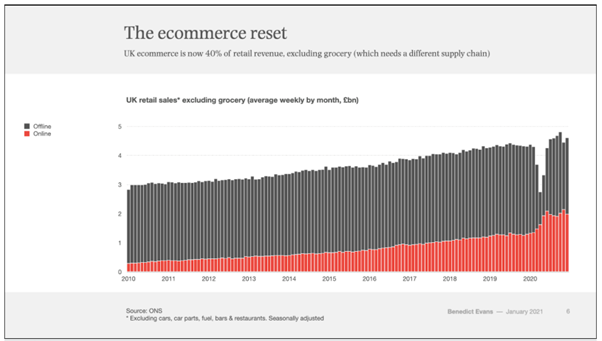
UK eCommerce is now 40% of the retail revenue, except for grocery!

Every service will depend, each time more, on an efficient logistic system and eCommerce and be used to enhance that.
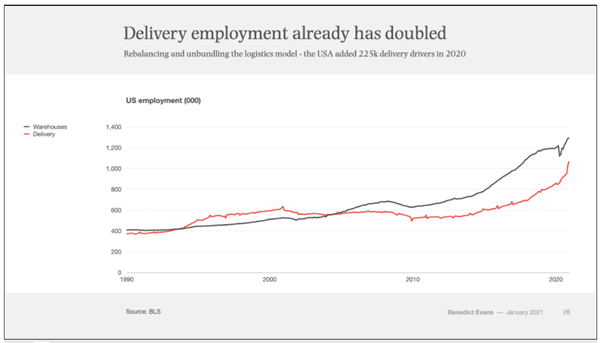
As delivery develops, all its ecosystem grows too — such as the drivers and the warehouses.
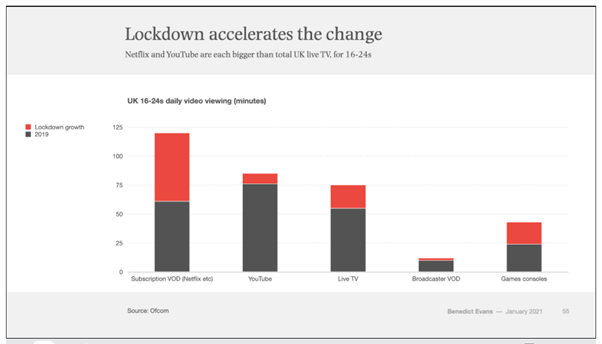
It is interesting to realize that certain media channels still exist because of specific deliverables, such as live TV for sports and breaking news, or Facebook for groups and events.
Keywords: #logistics #eCommerce #delivery #ondemand #streaming #businesstravel
Start-Ups that are worth checking:
http://www.refunkupcycling.com/
https://www.sensiblefutures.co/
Diversity & Inclusion
Final evaluation: not inclusive at all! We all left the event a bit disturbed.
Why?
– A lot of noise, light, people passing by all the time
– Full schedule without breaks
– Talks too fast, short and intense
– Too much signage at the same time
– I did not see any option for people with visual impairment
– The auditorium is full of chairs organized in lines without space to come and go. Even for me (small and thin), it was complicated to come and go, how much more of a pain is it for bigger bodied people?
– I saw some people using wheelchairs, but people using crutches were terrified to fall with so many people around.
- The initiative “Women in Tech” has been helping to increase the presence of women in the event, but the vast majority are still composed of white middle-class men.
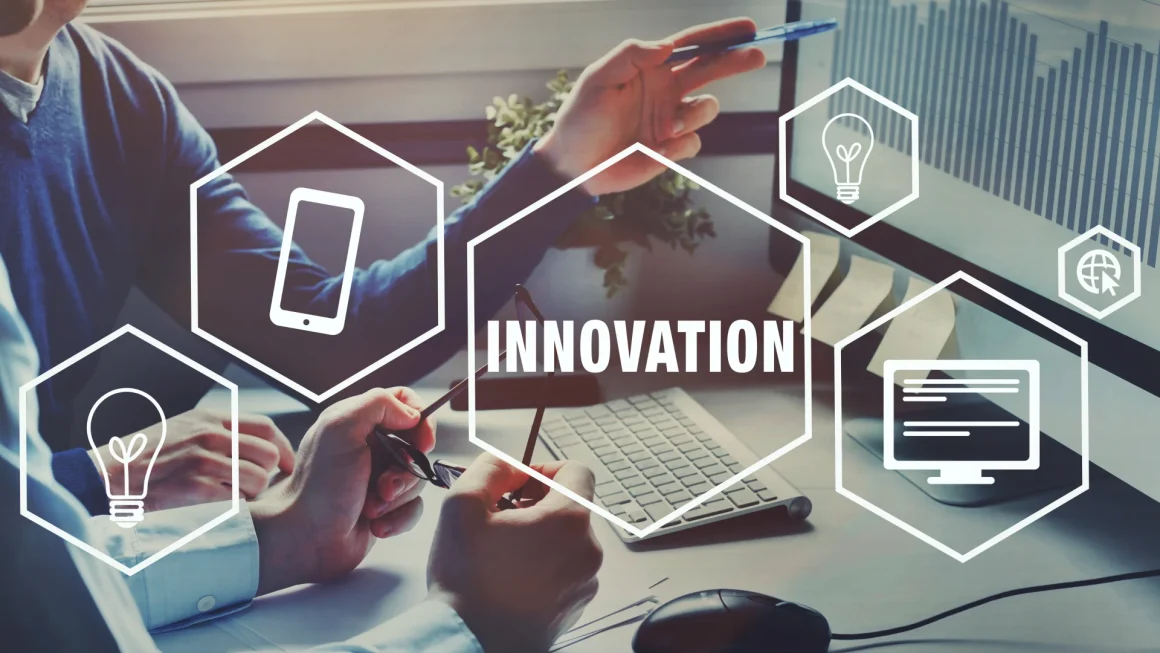

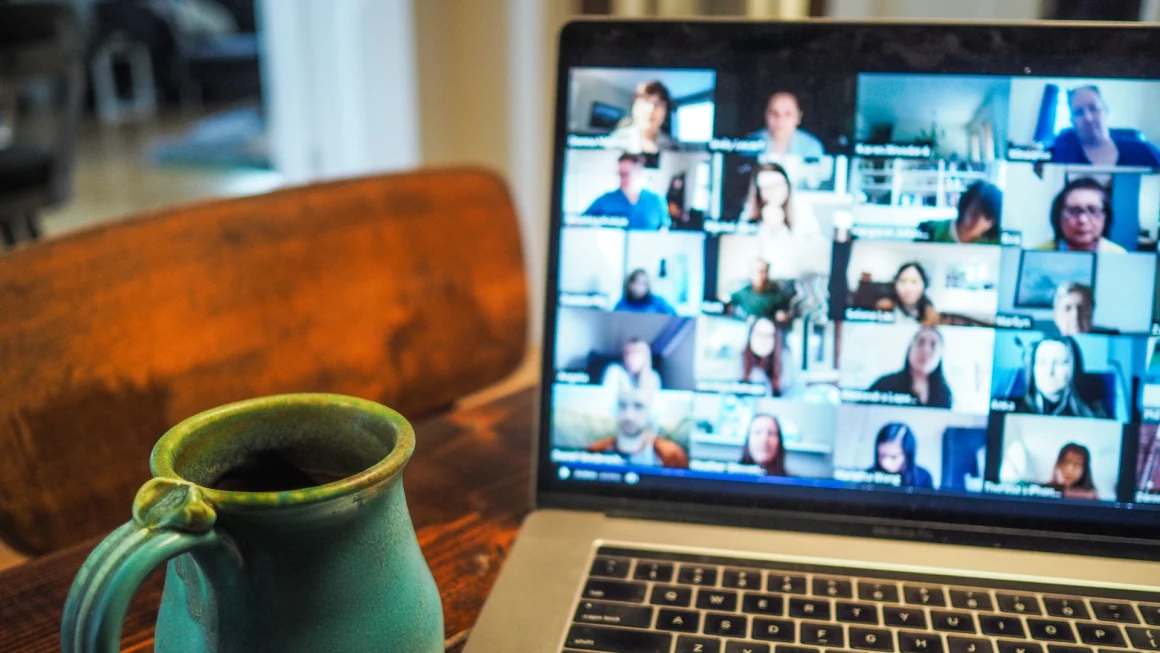

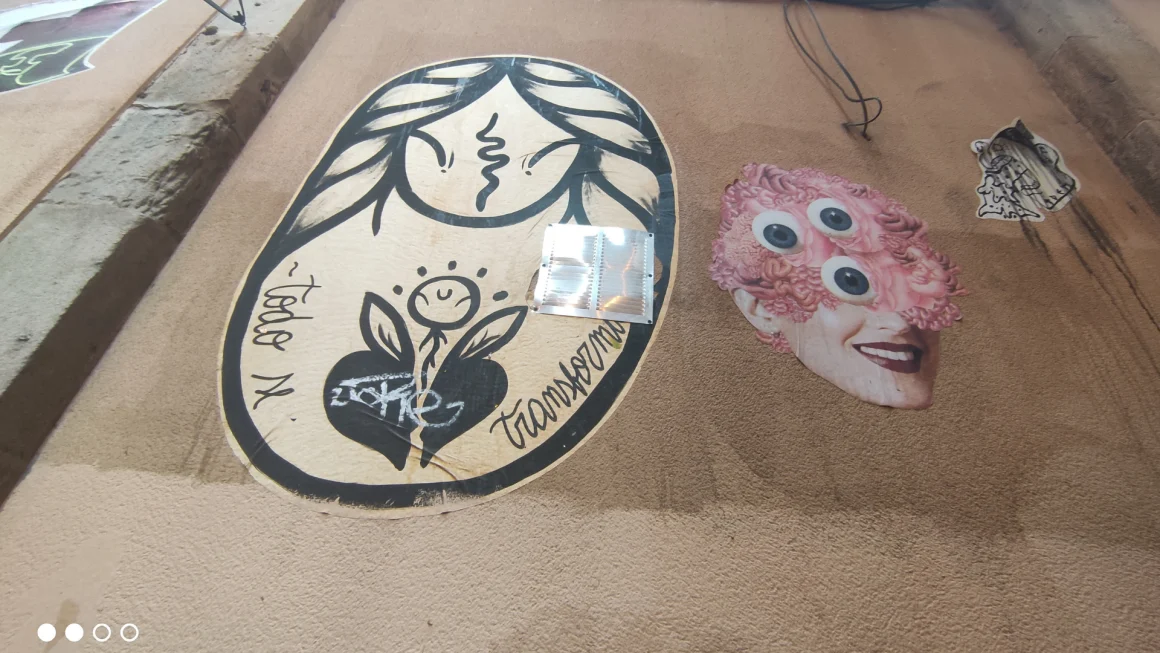

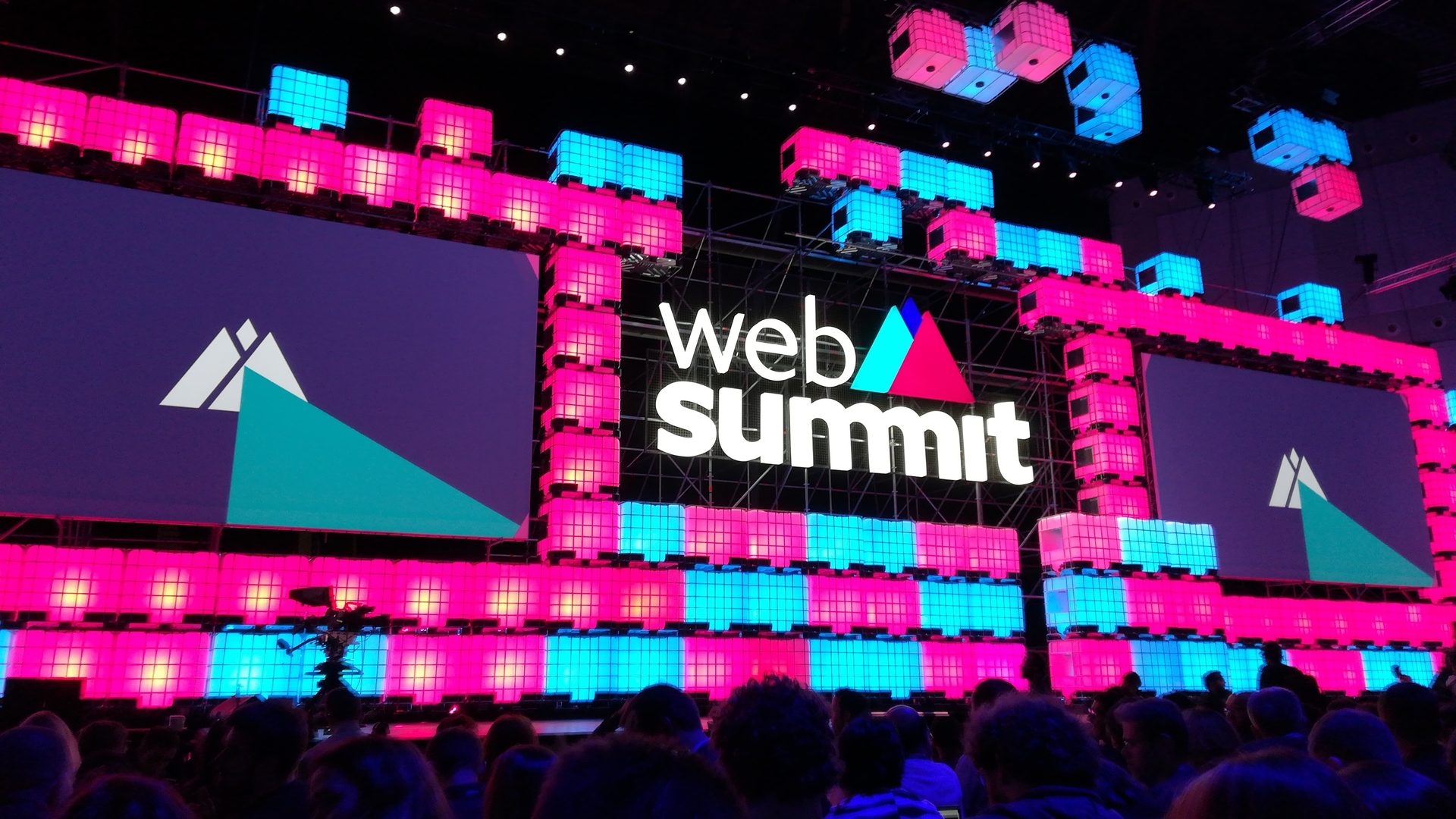
Support Us
We have an ad-free website, a load of content, and an infinite amount of love for everyone who supports Science of the Time.
So be a boss and join the Science of the Time Fanclub. Choose the 5,- euro per month option, the 50,- euro per year option or enter an amount yourself that you would like to pay to support us (Pay What You Want).